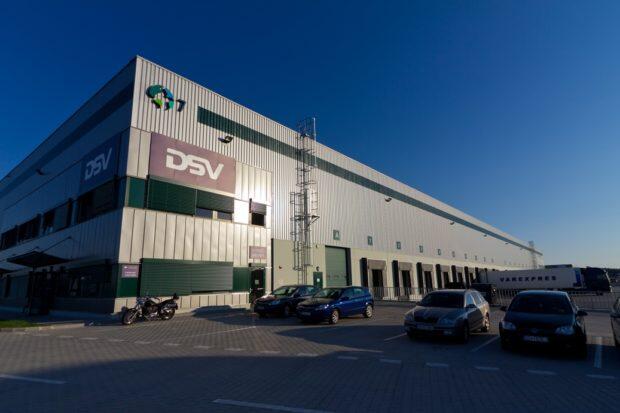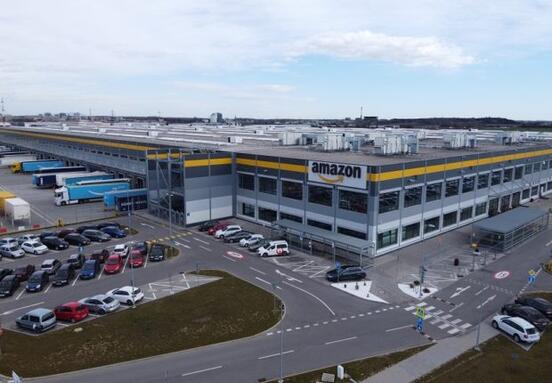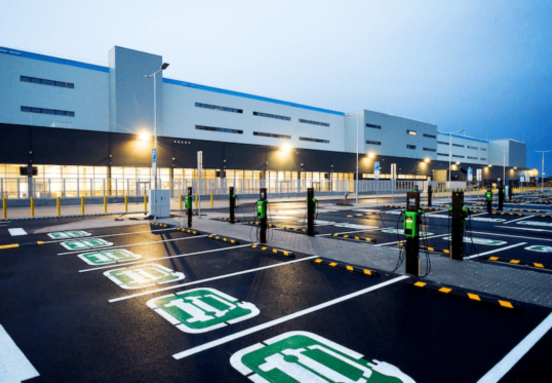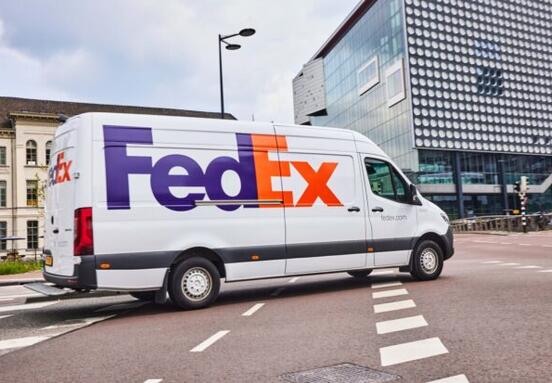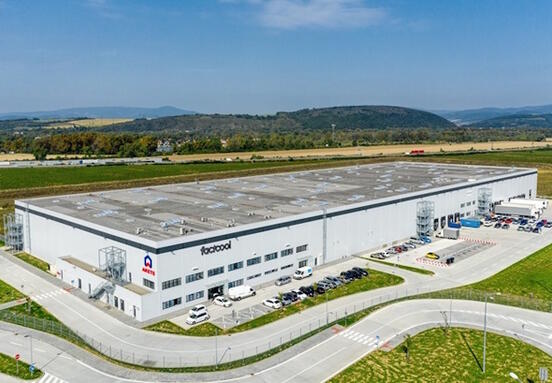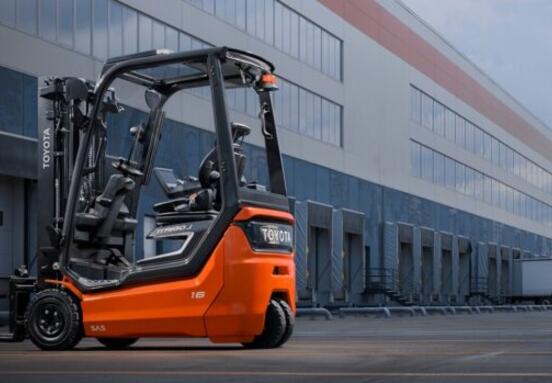The so-called 'stay-at-home' economy has led to the growth of online retail and its take-up rate has remained high throughout 2020. Initial estimates suggest that online sales in the US increased by 50% during the extended holiday shopping season in 2020 ( year-on-year), with similar developments in other major e-commerce markets, including China, Europe, Japan and others. The average resulting emissions in the MIT study show that the move to higher e-commerce utilization has reduced emissions by approximately 2.4% per package shipped.
The carbon emissions associated with online shopping are on average 36% lower than the emissions produced by shopping in brick-and-mortar stores. E-commerce has emerged as a more sustainable option in more than 75% of the basic case studies carried out by MIT. For each scenario, 40,000 Monte Carlo simulations modeling different consumer behaviors were performed in the study.
As a result, important aggregated environmental impact indicators can be monitored: number of items purchased, distance to/from the store and logistics building, returns and type of transport. In addition to the baseline case, 11 other scenarios were examined in which aspects of consumer behavior or retail operations were changed.
Consolidation of supplies
Consolidating supplies on "roundabouts" reduces transport-related emissions by almost 90%. Transport is the largest source of emissions related to shopping in brick-and-mortar stores. It generates 2.5 times the carbon emissions associated with the largest source of carbon footprint in e-commerce - the need to use more packaging. In the case of delivery of consignments directly to households, one fully loaded standard delivery can replace more than 100 individual car rides. Consolidating orders and optimizing the network, in turn, reduce the costs for e-commerce operators.
Delivery from urban fulfillment centers directly to households can lead to further emission reductions. Logistics networks that deliver goods from urban fulfillment centers close to consumers (rather than from buildings outside urban areas) can eliminate greenhouse gas emissions from transport by a further 50% and reduce the carbon footprint of a package by an average of 10%. Locating the goods as close as possible to the final consumer minimizes the final delivery distance and eliminates traffic congestion. At the same time, it shortens delivery times and reduces costs by maximizing the transport capacity of the vehicle fleet.
Advances in intelligent buildings, vehicle electrification and artificial intelligence (AI) can support even more sustainable operations. These emerging technologies have the potential to reconcile the common interests of consumers, retailers and real estate investors in an effort to reduce their carbon footprint. MIT has modeled three ways in which logistics property users increase the sustainability of their operations.
Electrification of delivery vehicles
Using today's energy sources, this technology can reduce average transport-related emissions by 27% and has another benefit - reducing traffic noise. The new vehicle models to be launched this year have a range of 200 miles, which will handle 90% of last-mile delivery routes in the United States. The adoption of electromobility is further accelerated by regulations or the construction of the necessary infrastructure.
Fifteen US states and Washington D.C. announced plans to electrify all heavy trucks, vans and buses over the next 15 to 30 years. Europe, meanwhile, is expanding the introduction of low-emission zones for electric vehicles. Today, these low-emission traffic zones make up two-thirds of the urban areas in which Prologis operates. Foresighted retailers are adopting this technology. For example, Amazon has ordered 100,000 electric vehicles and expects the first 10,000 to drive next year.
Packaging
Higher consumption of packaging materials is the largest source of emissions in e-commerce (although it is a fraction of the savings resulting from efficient transport of goods). Nevertheless, innovation in this area has the potential to make online shopping even greener. Emissions associated with packaging are, on average, about six times higher when shopping online than when shopping in brick-and-mortar stores, mainly due to the use of cardboard materials and individual packaging.
MIT developed a scenario in which emissions produced using cardboard boxes were replaced by emissions associated with the use of a paper bag in 80% of online purchases. In this scenario, e-commerce was a more sustainable shopping option in 90% of all model situations; today's baseline scenario indicates this in 75% of cases. Many retailers have embraced eco-friendly packaging materials, while others automate the packaging process - analyzing and recommending the most appropriate package size and type for different item combinations.
Replacing boxes with bags and padded envelopes reduces the volume and weight of packages, which can further reduce emissions.
Data
Advanced analytics and Internet-based solutions (IoT), such as load sharing and dynamic rerouting, can reduce emissions by 10%, unit costs by 30% and congestion by 30%. The use of this data can also lead to fewer returns. For example, artificial intelligence solutions can recommend online shoppers the size or style of clothing or other products based on previous purchases, minimizing returns. MIT modeled a scenario in which online shopping returns fell by 50%, leading to a lower carbon footprint of e-commerce in 80% of cases.
The MIT reference study models the carbon footprint based on consumer shopping behavior by compiling relevant variables and then simulating scenarios in which the range of parameters is adjusted. For the purposes of the study, 40,000 experiments (10,000 in 4 regions) were performed by Monte Carlo simulation for 12 scenarios. This yielded measurable results, which were then interpreted with regard to the possibility of changing total carbon emissions due to different consumer behavior.
This report works with the findings of an independent study conducted by the MIT Real Estate Innovation Lab. Prologis is a long-term partner of the MIT Real Estate Center and its Real Estate Innovation Lab. This research was carried out in part thanks to the support of Prologis.
Source:// Systémy logistiky
